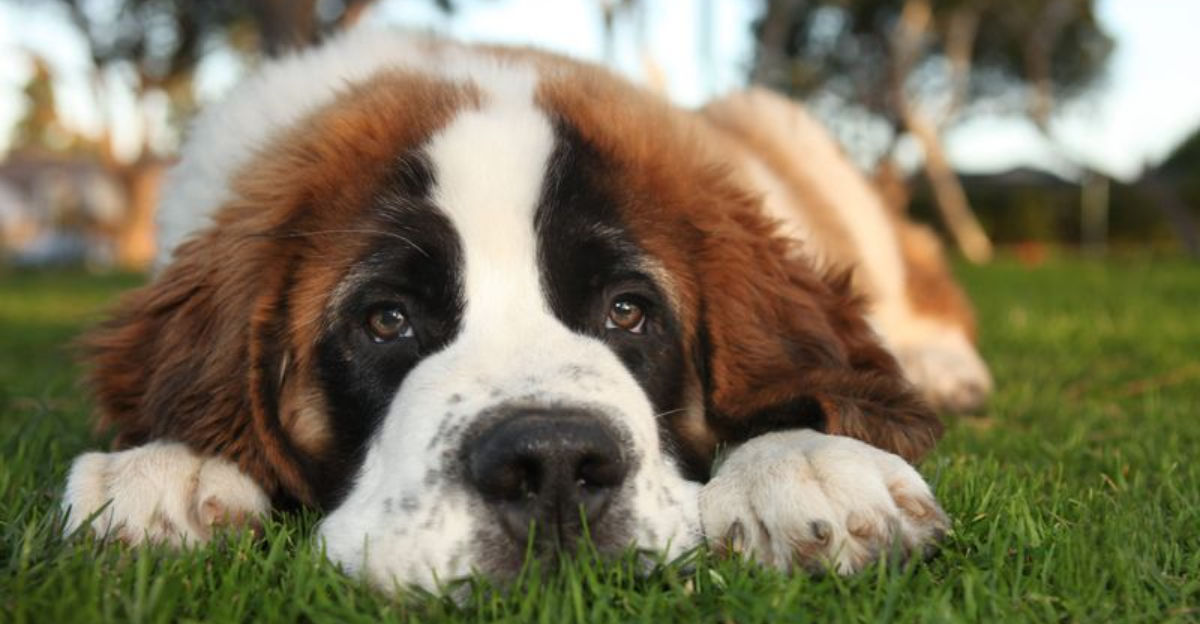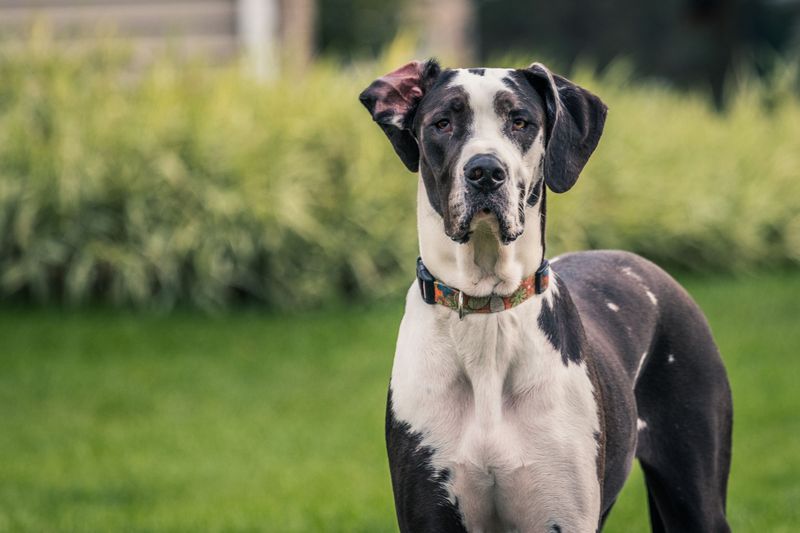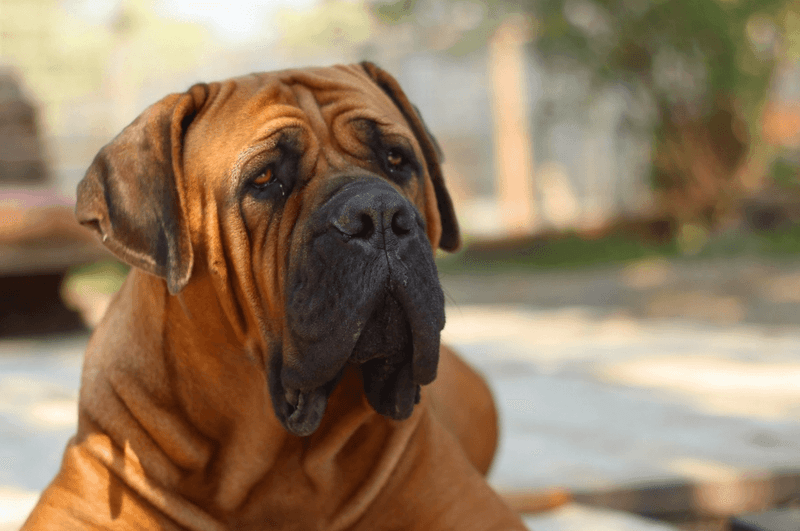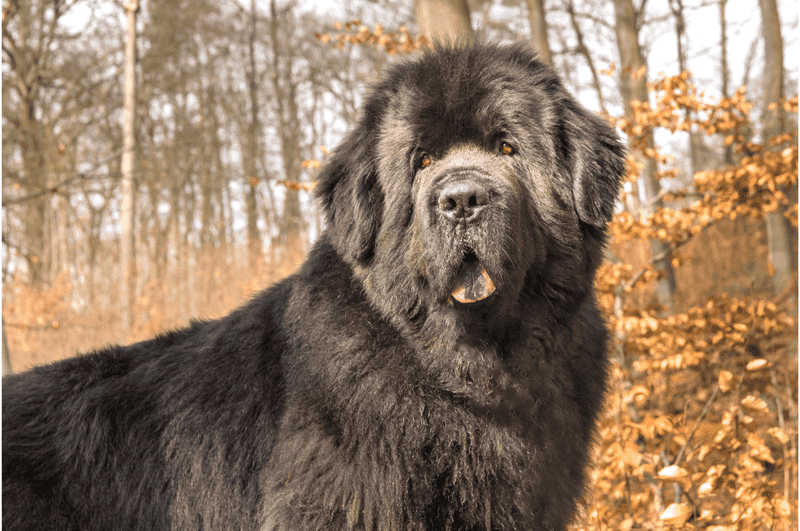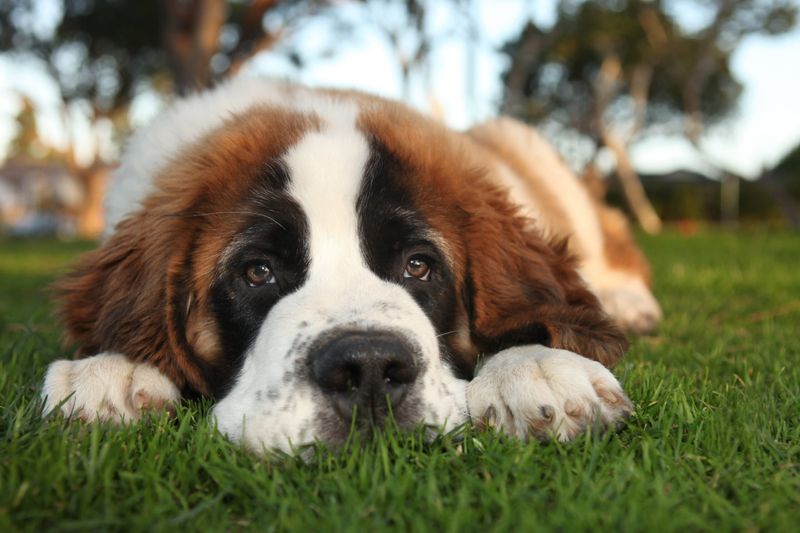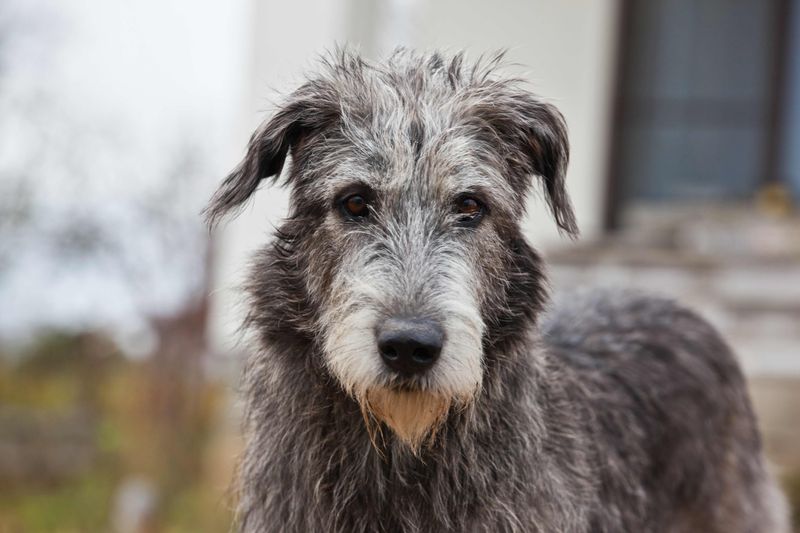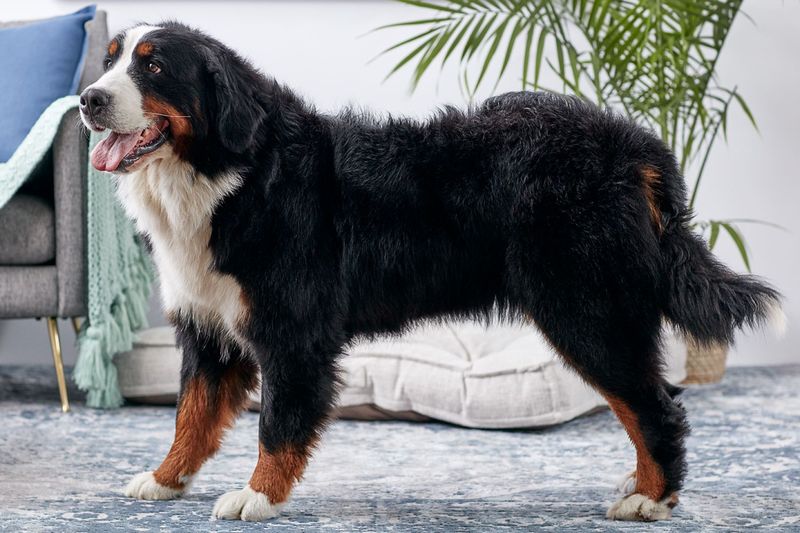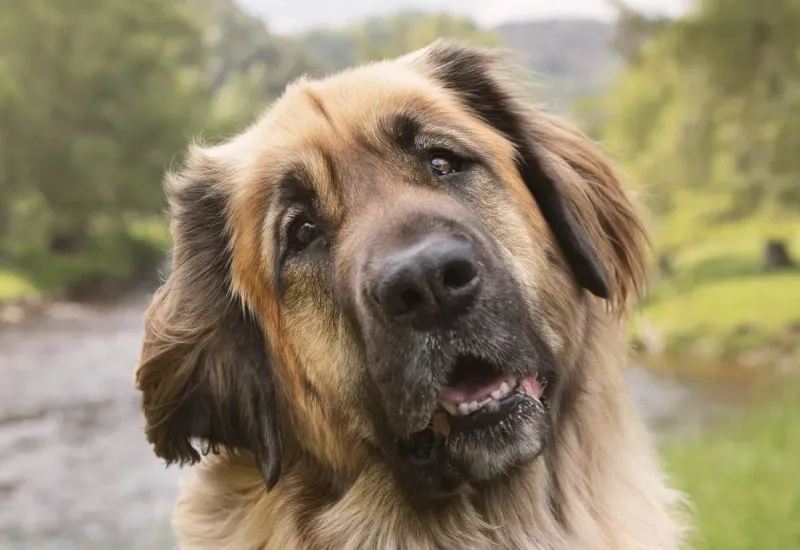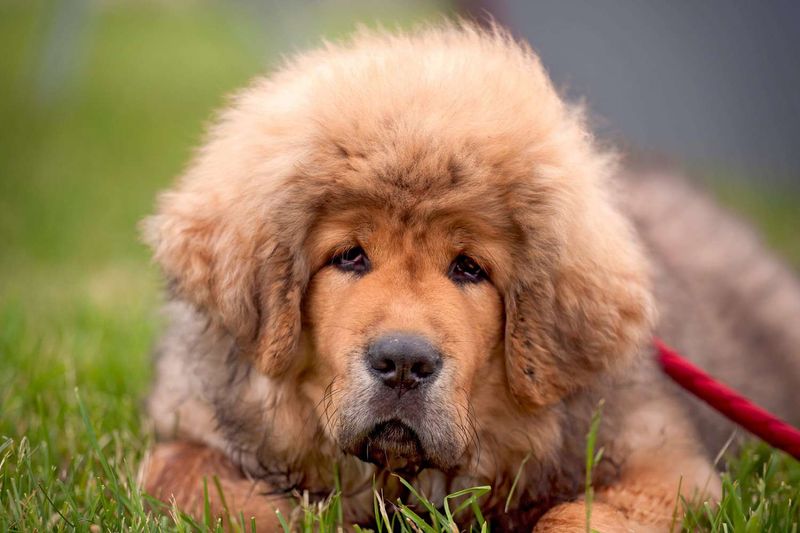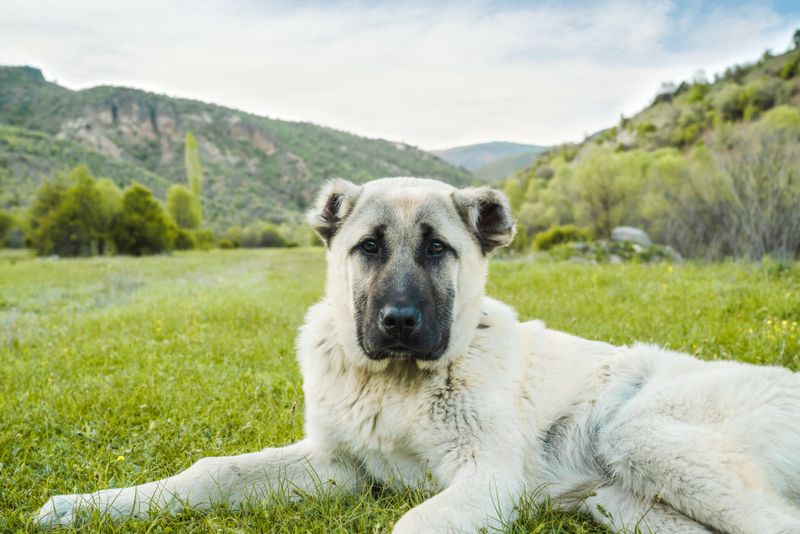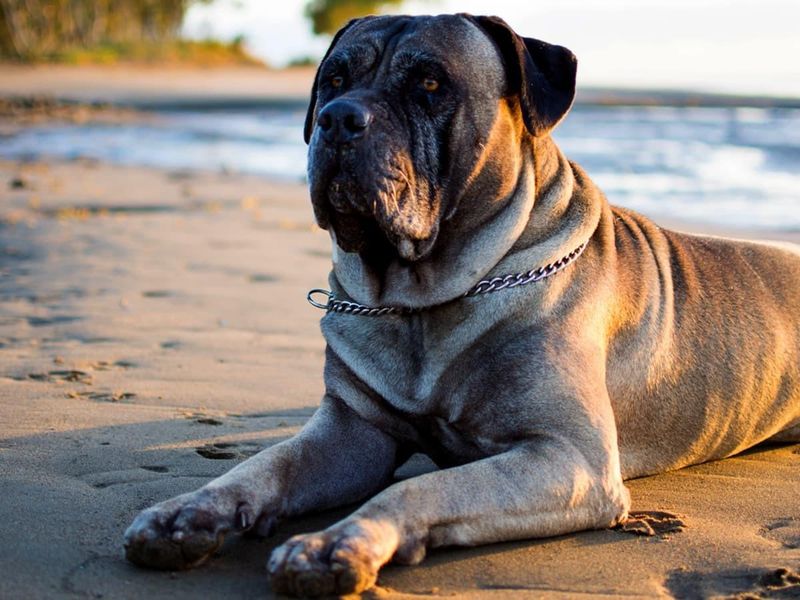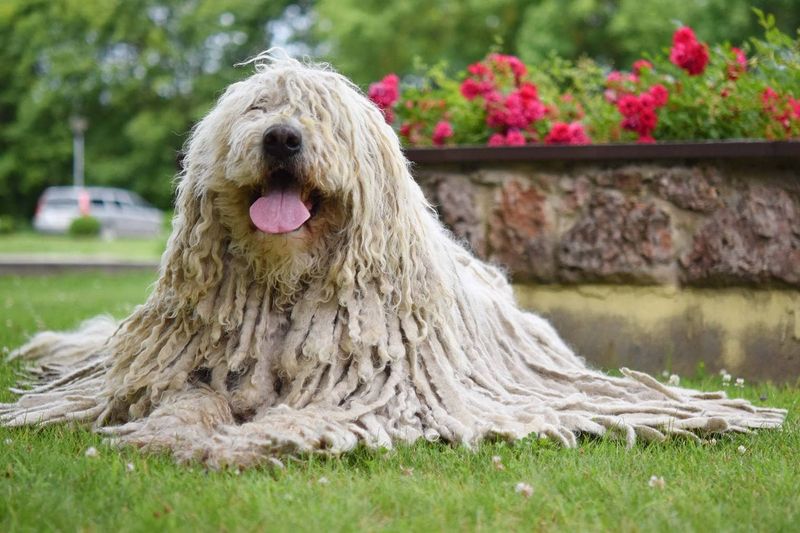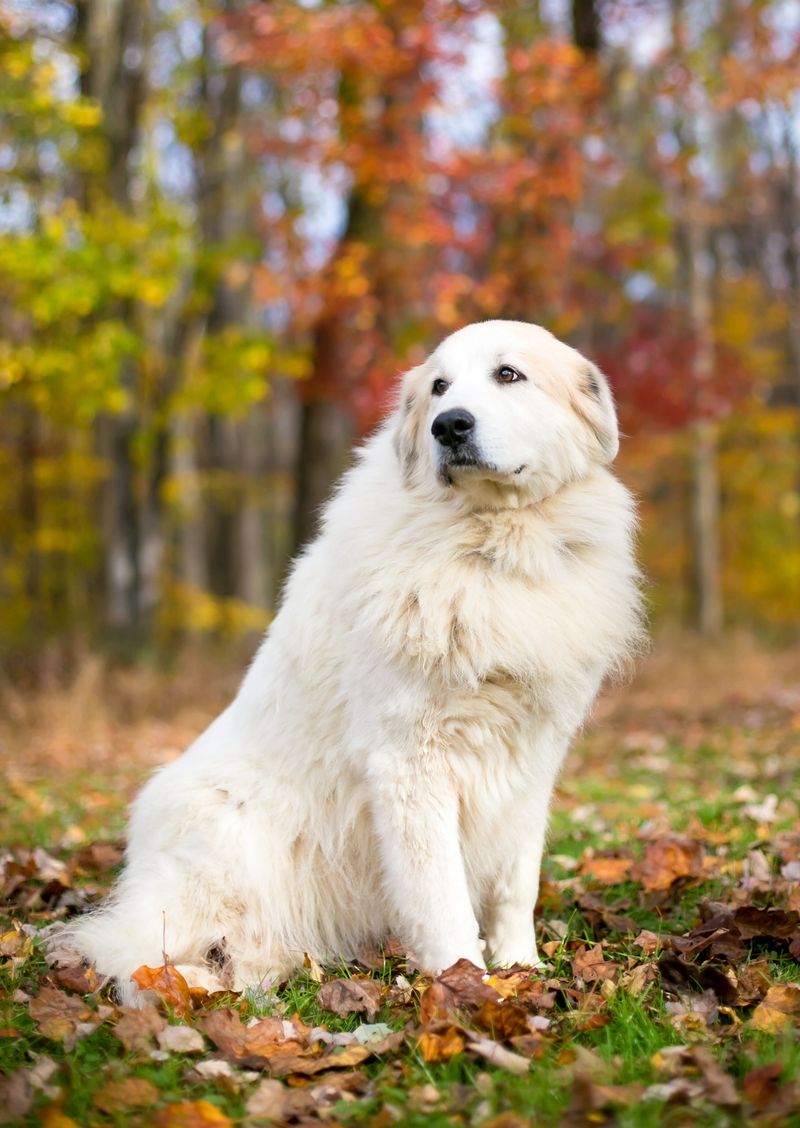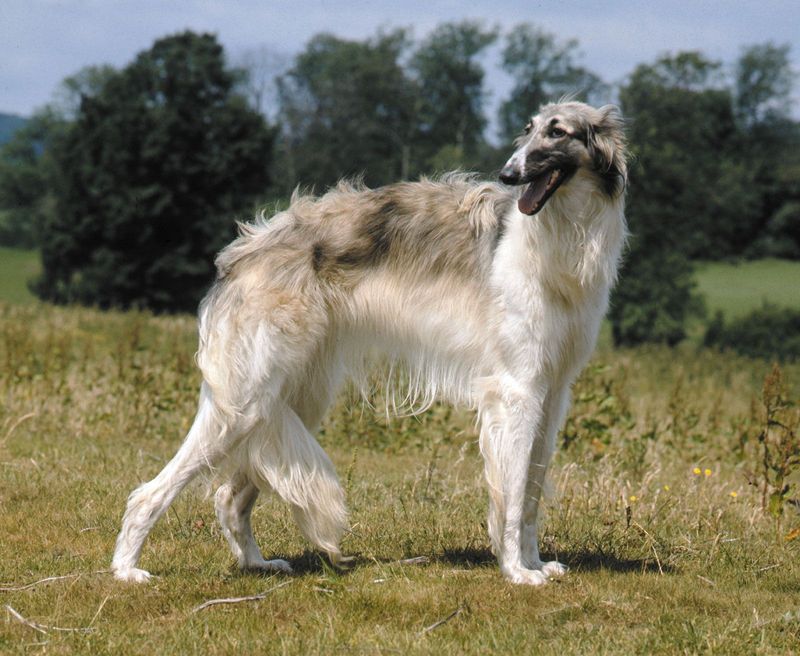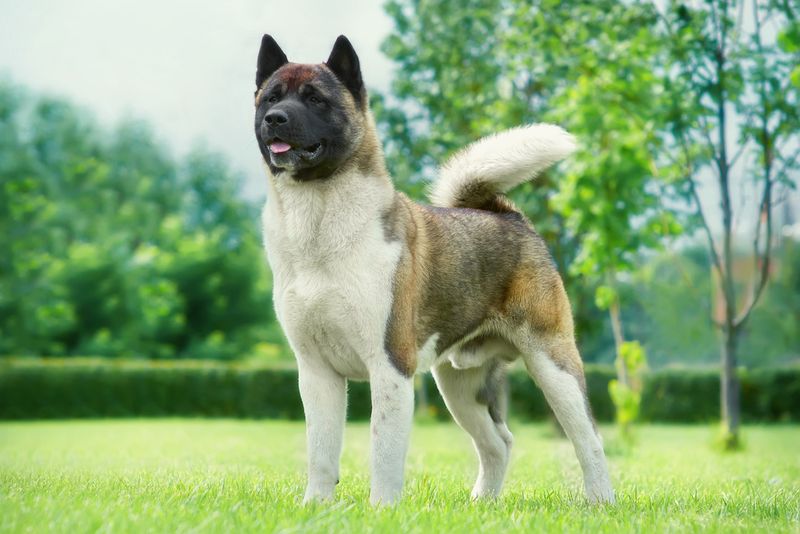Large dog breeds can bring both challenges and rewards. While these dogs often possess impressive intelligence and loyalty, they might not be suitable for every household. Their size can lead to unexpected difficulties, such as space constraints and dietary needs, which potential owners must consider. Additionally, some breeds come with specific health issues or behavioral traits that require extra attention and care. This list delves into 14 large dog breeds that, despite their many admirable qualities, may pose challenges that potential owners should be aware of before bringing them into their homes.
Great Dane
Known as the “Apollo of dogs,” Great Danes are both majestic and immense. Their towering stature makes them awe-inspiring, but also a handful for households lacking space. Their short coat is a grooming advantage; however, their health issues, particularly heart conditions, can be costly. They are affectionate companions but require consistent training to manage their large size. Despite their calm demeanor, their playful nature can accidentally lead to broken household items. Great Danes need regular exercise to prevent boredom, making them unsuitable for owners who prefer a less active lifestyle.
Mastiff
The Mastiff is renowned for its protective instincts and massive build. This breed requires a committed owner who can assert themselves as a leader, as Mastiffs can be stubborn. They tend to be drooly, and their sheer size means they take up considerable space. Health issues such as hip dysplasia are common, necessitating frequent vet visits. Their watchful nature means they can be wary of strangers, making socialization essential. While they form strong family bonds, their size, and strength make them unsuitable for households with very young children or frail individuals.
Newfoundland
Adored for their swimming prowess and sweet nature, Newfoundlands are often called “nature’s nannies.” However, their immense size and thick coats require diligent grooming. They thrive in spacious environments, where they can swim and roam freely. While they are gentle with children, their size can unintentionally overwhelm smaller kids. Their drooling and shedding are constant companions, and they require a diet accommodating their large build. Owners must be prepared for a significant commitment in both time and resources to manage their needs effectively, ensuring their health and happiness.
Saint Bernard
With their gentle expressions and rescuing prowess, Saint Bernards are famous for their roles in alpine rescues. However, their enormous size, combined with a tendency to drool, makes them a challenging indoor pet. Owners must be prepared for constant grooming due to their dense coat, which sheds heavily. Moreover, their size translates to significant food consumption, impacting finances. These gentle giants also require plenty of space to roam, ideally in cooler climates due to their thick fur. Despite their endearing nature, the upkeep demands of a Saint Bernard can be overwhelming for unprepared owners.
Irish Wolfhound
Irish Wolfhounds boast incredible heights, making them striking companions. Yet, their giant stature is paired with a short lifespan, often only six to eight years. Their gentle demeanor belies their immense size, which demands ample space to move. These dogs require frequent exercise to maintain muscle tone but are generally calm indoors. Wolfhounds have a wiry coat that needs regular brushing to avoid matting. They form close family bonds but can be aloof with strangers. Their size and health concerns, such as heart disease, require attentive owners who can address their unique needs.
Bernese Mountain Dog
Bernese Mountain Dogs, with their striking tri-color coats, are a sight to behold. Their cheerful disposition makes them affectionate family pets. However, their double coat demands regular grooming to manage shedding, especially during seasonal changes. Bernese are prone to joint issues, requiring careful monitoring by their owners. They enjoy outdoor activities, thriving in cooler climates where they can run and play. Despite their playful nature, their health concerns and grooming needs can be daunting. Owners must be prepared for a dedicated commitment to maintain the health and happiness of these gentle giants.
Leonberger
With a lion-like mane and noble bearing, the Leonberger is both impressive and demanding. This breed requires diligent grooming due to its thick, water-resistant coat. Leonbergers are known for their playful and gentle nature, but their size can be overwhelming. They need plenty of exercise and mental stimulation to keep them content. Health issues such as hip dysplasia and heart problems are common, necessitating regular vet check-ups. While they are affectionate family members, their substantial size and active lifestyle mean they suit owners who can meet their vigorous needs.
Tibetan Mastiff
Tibetan Mastiffs are renowned for their protective nature and majestic appearance. Their independent spirit can make training a challenge, requiring experienced handlers. These dogs possess a thick double coat, suitable for cold climates but demanding regular grooming. Their size and guarding instincts mean they need space to roam and a firm, consistent hand in training. Socialization is crucial to manage their wariness of strangers. While they form strong bonds with their families, their stubborn streak and significant exercise needs make them a demanding choice for potential dog owners.
Anatolian Shepherd
Anatolian Shepherds are natural protectors, bred to guard livestock. Their independence and intelligence make them impressive but challenging companions. These dogs require an experienced owner who can handle their strong-willed nature. They need plenty of space to roam and thrive, making them unsuitable for apartment living. Their short coat is low-maintenance, but their guarding instinct means they require proper socialization from a young age. While loyal to their family, Anatolian Shepherds can be aloof, preferring the company of their human pack over strangers.
Bullmastiff
Bullmastiffs are known for their fearless yet gentle nature, making them effective guardians. Their short coat requires minimal grooming, but their size and strength demand experienced handling. They are typically calm indoors but need regular exercise to prevent boredom. Bullmastiffs can be wary of strangers, necessitating early socialization to ensure they are well-adjusted. Health concerns such as hip dysplasia and bloat are common, requiring attentive care from owners. Despite their protective instincts, they are affectionate with their families, offering devoted companionship to those who understand their needs.
Komondor
The Komondor is instantly recognizable by its unique, corded coat. This breed is traditionally used to guard livestock, and their natural instincts make them wary of strangers. Their coat requires significant maintenance to prevent matting and ensure cleanliness. Owners must be prepared for their independent nature, which can make training a challenge. Komondors need space to exercise, thriving in rural settings where they can run freely. While they form close bonds with their families, their reserved demeanor means they are not overly affectionate, offering protection rather than constant companionship.
Great Pyrenees
The Great Pyrenees, with its lush white coat, is a gentle giant known for its protective nature. Historically used to guard sheep, they are naturally independent and can be stubborn. Their thick coat requires regular grooming, particularly during shedding season. Great Pyrenees need ample outdoor space, thriving in cooler climates where they can patrol and explore. While they are gentle with their families, their guarding instincts mean they can be distant with strangers. Consistent training and socialization are essential to manage their protective tendencies, ensuring they are well-adjusted family members.
Borzoi
Borzois are known for their elegance and speed, often compared to the grace of a ballet dancer. Their refined appearance belies a strong hunting instinct, requiring a secure area to run. Training can be a challenge due to their independent nature, but they are generally quiet indoors. Their coat necessitates regular brushing to prevent tangles. Borzois are affectionate but can be reserved, preferring the company of familiar people. While they require ample exercise, they enjoy lounging at home, making them suitable for owners who appreciate a blend of activity and relaxation.
Akita
Akitas are celebrated for their loyalty and imposing presence. Their independent nature means they require experienced handlers who can provide firm, consistent training. Akitas have a thick double coat, necessitating regular grooming, especially during shedding seasons. They are protective of their family, often reserved with strangers, and can be territorial. Socialization is vital to prevent aggression towards unfamiliar people or animals. While they need regular exercise, they also enjoy quiet time with their family. Potential owners must be prepared for the dedication required to nurture this intelligent and powerful breed.
